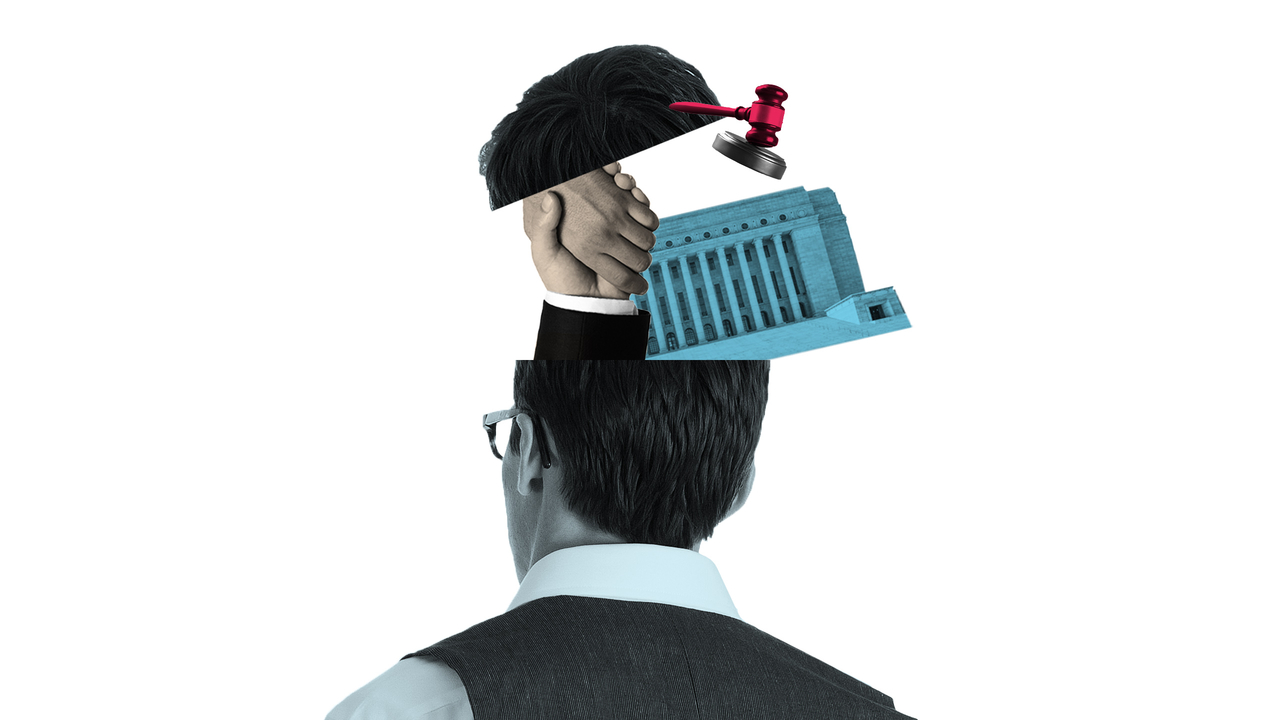Alma Media received a satisfying 304 responses to their SenseMaker survey. Nevertheless, Digital Media Development Manager Suvi Tanner was left with one main concern: the question had not been formulated correctly.
By canvassing opinion from the readers of Alma’s regional publications, the goal was to test the assumption that Finnish citizens’ trust in social authorities has weakened. In the post-truth era, what kinds of stories would people tell about the operation of society?
In order to find out, Alma personnel composed the following question: “Remember a time when you felt a strong sense of trust or distrust in Finnish society.”
Tanner is not quite sure what went wrong. One explanation is perhaps that the idea of SenseMaker is not to ask about the researched topic directly in the narrative question. Instead that more interesting things are revealed by examining the distribution of the triangles. Another problem is that because the question speaks of both distrust and trust, it is impossible to know for sure which one people are writing about.
“The points are divided between the triangles very evenly,” Tanner says. “And if I attempt to isolate them for closer inspection, I cannot know if the selected material is about distrust or trust.”
Key values are control and security
If one had to take a guess – in a rather unscientific manner – it would be tempting to say that distrust is more prevalent. As many as 41 per cent of the respondents felt that their story provoked very negative feelings and 22 per cent felt it provoked negative feelings. It was generally considered that negative stories were more commonly occurring than positive ones.
The topics in the negative stories included the weakening of social support, increased inequality (narrative 1: see the narratives below this article), immigrants and criminal activity, with last August’s terror attack in Turku standing out in particular. Punishments for crimes were also criticised as being weak.
On the other hand, respondents also praised (narrative 2) Finland’s safety, education system and healthcare. When they were asked what the experience represented, a majority of the positive stories were close to the control apex. They expressed thankfulness, for example, for border controls and the work of officials and doctors.
Present-day politicians were considered in many stories to be gamblers and traitors, and several respondents longed for the likes of Kekkonen (narrative 3), Koivisto or Iiro Viinanen.
Many responses had a patriotic (narrative 4) tone.
One could perhaps say that many respondents would trust the authorities more if the authorities were more steadfast and severe in their leadership.
On the other hand, a respect for authoritarianism is typical of older people, and Alma’s survey respondents were slightly older than those in the other SenseMaker experiments. As many as 43 per cent of the respondents were over 60 years old.
“Our reader panel is composed of volunteers and the average age is quite high. Therefore, this is not a scientifically representative sample of Finns,” Tanner says.
Similarly, around half of the respondents were men, whereas the majority of respondents in the other experiments were women. The men’s stories placed more emphasis on control and were slightly more social in their focus than the women’s. They commented notably often on recent events or news topics instead of sharing experiences from their own lives.
A useful tool for journalism
Tanner says that Alma’s working group became excited about the experiment’s framework – the concept of complexity. “When we start thinking about story ideas, trends or quiet signals which should be written about or broadcast, this method could be a helpful tool.”
Tanner believes that the stories collected with SenseMaker could easily be used as part of a journalist’s story. That was the purpose here as well, but the data will now remain unpublished. “We did not obtain the kind of valid results we could present to the readers. We always have the responsibility to explain what has been researched and how. We cannot, however, publish a story in which we say that the research has been carried out using a tool which we ourselves were not able to use properly,” she says with regret. “I don’t know what I could say to the readers based on this survey about Finnish citizens’ level of trust in authorities.”
Tanner felt satisfied, nevertheless, that the experiment had been done. “It’s always good to put one’s brain to the test. Considering how much time was put into this, the workshops generated a lot of beneficial thinking for us. The process and the discussions with other participants were really interesting.”



Latest